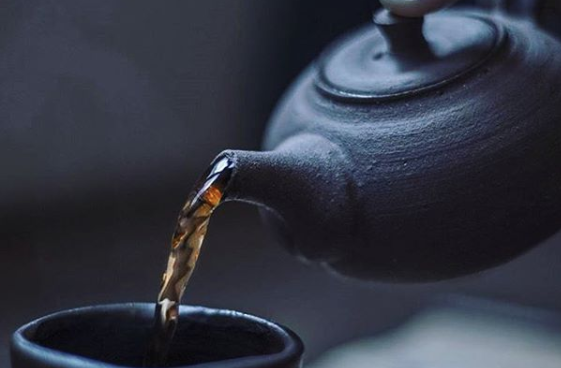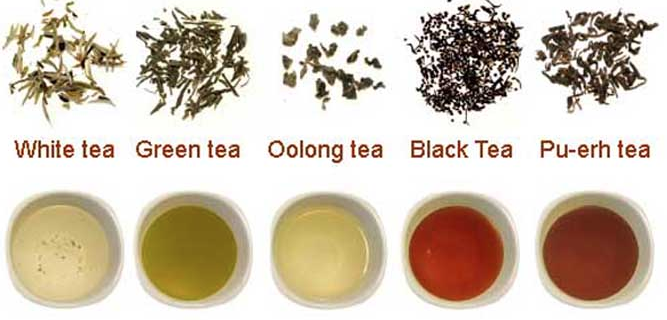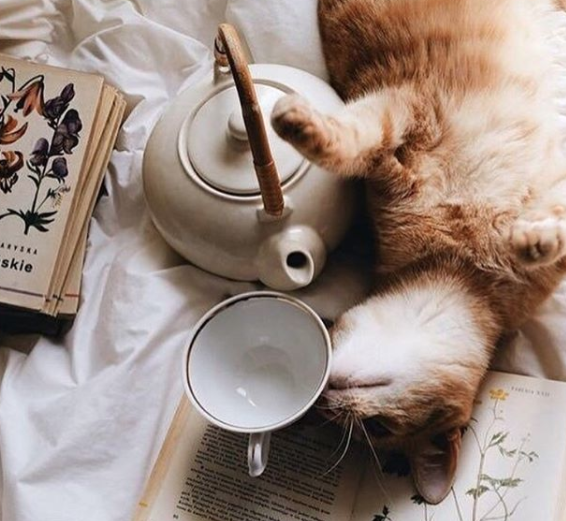Deep Dive: Tea Tasting with Linda Villano
Felicity House

Last month Felicity House hosted a tea-tasting with award-winning tea connoisseur, Linda Villano, the owner of SerendipiTea.
When community members arrived they were greeted by small porcelain tasting cups (the material can change the flavor of the tea). Gathered around the table, the participants were then able to taste the five main categories of tea, brewed to perfection courtesy of a precise timer.
Here are the five main categories of tea:

Surprised not to see our own favorites, chamomile and peppermint, Linda explained that all tea comes from a bush called Camellia Sinensis. “There are different varieties, like roses or grapes,” she clarified. Herbal tea, like peppermint, is made from infusions of leaves, bark, roots, berries, seeds, and spices but do not contain leaves from Camelia Sinensis and therefore are considered “Tisanes” and not tea.
After the tasting, we were able to ask Linda some rapid fire questions about tea.
Q: We know that a lot of tea comes from overseas, is it also grown in the United States ?
A: Until recently, about eight years ago, there wasn’t a huge tea industry in the U.S., excluding Hawaii. We’re starting to see more and more local small-batch artisan tea growers in the United States.
Q: What’s the most expensive type of tea?
A: Oolong tends to be very pricey. There’s a tea called Da Hong Pao, a type of Oolong, which is one of the rarest teas in the world. Darjeeling tea is also expensive because it can only be found in the Darjeeling district in West Bengal, India.
Q: Does the brewing time, type of cup, and water actually matter?
A: All of these factors can change the taste. The exact same tea brewed in New York and New Jersey will taste differently because of the water.
Q:What’s one thing you wish people knew about tea?
A: There’s a tea for everyone. If you don’t like tea, you haven’t found the right tea for you.

Participants agreed that the cozy setup, Linda’s knowledge, and the tea itself made this workshop a wonderful way to combat the winter blues.



